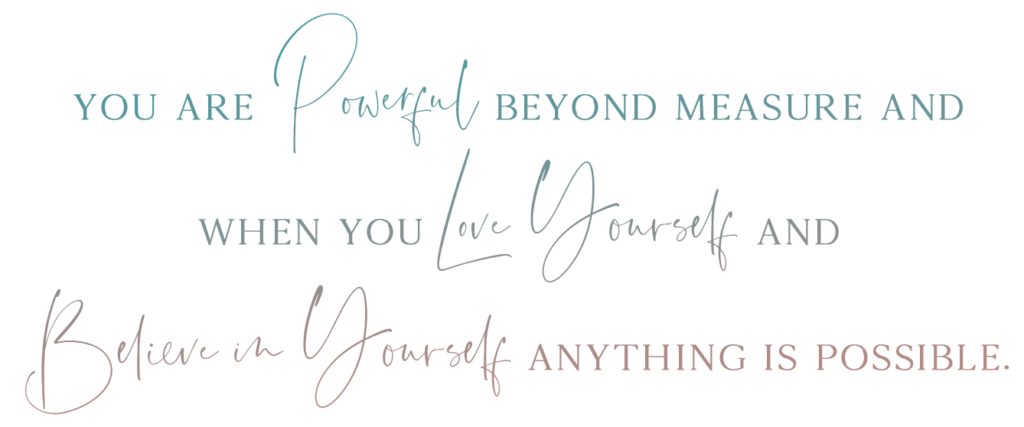As recently published by YogaPeople.io
When I first started teaching yoga over 6 years ago, I had been asked many times by yoga teachers and studio owners, “Nicole, how do I market this yoga retreat or yoga event? I don’t have the faintest clue how to market this.”
As a marketing professional for over 15 years, I was qualified to answer that question and also very perplexed. In my mind I thought, “How the heck did you get all these students without knowing how to market anything?”
The Golden Years
Studios at that time in San Francisco had packed classes and the teachers were getting tons of privates. It was incredible! I was surprised that what I felt was so crucial to the success of a business, was not understood by this sector, yet so much success was unfolding for them.
I bring this to our attention because many Yoga teachers, brands and studio owners still have a somewhat laissez-faire attitude toward success based on the past. They believe, as the saying goes, “if they build it, they will come.”
The success of the yoga studios and teachers over 6 years ago was due to great timing, an avid practice, and a passion to share it. Yoga was a new concept. It promoted great values and ideals that were very quickly embraced and needed in our society. Yoga filled a gap for Americans.
Crowded Marketplace
Yet, In Los Angeles where I reside now there are studios on every corner and an overabundance of amazing teachers, yoga teacher trainings of all modalities every weekend and hundreds of workshops to choose from. There is a lot of talent and it has become a very competitive business. Now that there is very healthy competition in LA, marketing is on the forefront for all Yoga brands and teachers.
Yoga has become a full-fledged consumer business. “The latest “Yoga in America” study, just released by Yoga Journal in 2012 shows that 20.4 million Americans practice yoga, compared to 15.8 million from the previous 2008 study, an increase of 29 percent.”
Yoga Retreat Marketing
It used to be that marketing a retreat or event was about the “Big Name” teacher. Get a great venue, bring the best talent and people will flock. That is no longer the case. After working at YogaWorks for the past 4 years in the teacher training department, it’s very clear that a lot more is happening now behind the scenes to fill workshops, trainings and events with students.
Now, marketing for yoga events and retreats resembles my time as an event planner/marketer in the consumer restaurant business with even more bells and whistles and social media playing a heavy role.
In subsequent blogs, I will discuss more about the detailed marketing steps, but for this first blog in this series, I wanted to list the basic strategy to marketing and creating a great event.
1. Know Your Audience
I’ve also observed yogis are interested in brands that pay attention to the environment, are involved with non-profits, business ethics, and sustainability. All of these facts come from Yoga Journal’s 2012 survey:
- 80% of yogis are women but men are growing.
- Age range is 18 – 44. College educated.
- About 30% of the market has been practicing over 3 years and the rest are even less than that. That’s a huge beginner market hungry for education.
- The highest motivational factors to start a practice were flexibility, general conditioning, stress relief, overall health improvement and physical fitness.
2. Location, Location, Location
As a practice Yoga is a getaway. It’s a welcomed reprieve from the stresses of life. It’s about creating a sanctuary for personal transformation. When considering a location you want to consider tantalizing the senses to help practitioners illicit the feelings of their practice (even if they aren’t practicing as is the case in some yoga related events):
- Aesthetics – ambient lighting, beautiful artwork, spiritual and multi-cultural references
- Sound – ability for silence/reflection an/or great yoga music
- Practice space – how comfortable and spacious they will be
- Smells – incense or infused oils or exotic smells
- Environment – natural, clean, sustainable
- Taste – vegan and vegetarian options, not heavy drinkers
3. Timing
Yogis are generally not night owls. I find many yogis are in bed early and wake up for a morning practice. Yoga events don’t tend to go very late. Also consider, in the 80% female demographic many have families and kids to manage, so its helpful to consider working around school for timing of events and times of the year you host events. You may even consider childcare options or kids’ activities for large-scale events.
4. Theme/Objective
In yoga classes we create a theme for the practice derived from a quote or perhaps a pose we are working toward. Similarly, we want to have a clear theme or objective that provides us with an end result and a way to measure our success. We want to create content that we can use to market and report pre and post event via photos, videos, social media, etc.
5. Consumer Engagement
How will you engage with your consumer at the event? What are the benefits to them for attending? This is a very juicy area to explore. Events are social occasions so we want to promote and market via social media, PR, emails, videos, blogs, etc. to the consumer. We also want to consider the event’s value so that we can solicit yoga brands for sponsorships and book great talent (music, yoga teachers, presenters, etc).
Conclusion
These basic marketing strategies can help get you up and running for a successful event, but there is so much more to consider. Please check in with our blog series on other marketing tips and more detailed steps to marketing successful yoga events and retreats!



 Gracefully put yourself first
Gracefully put yourself first